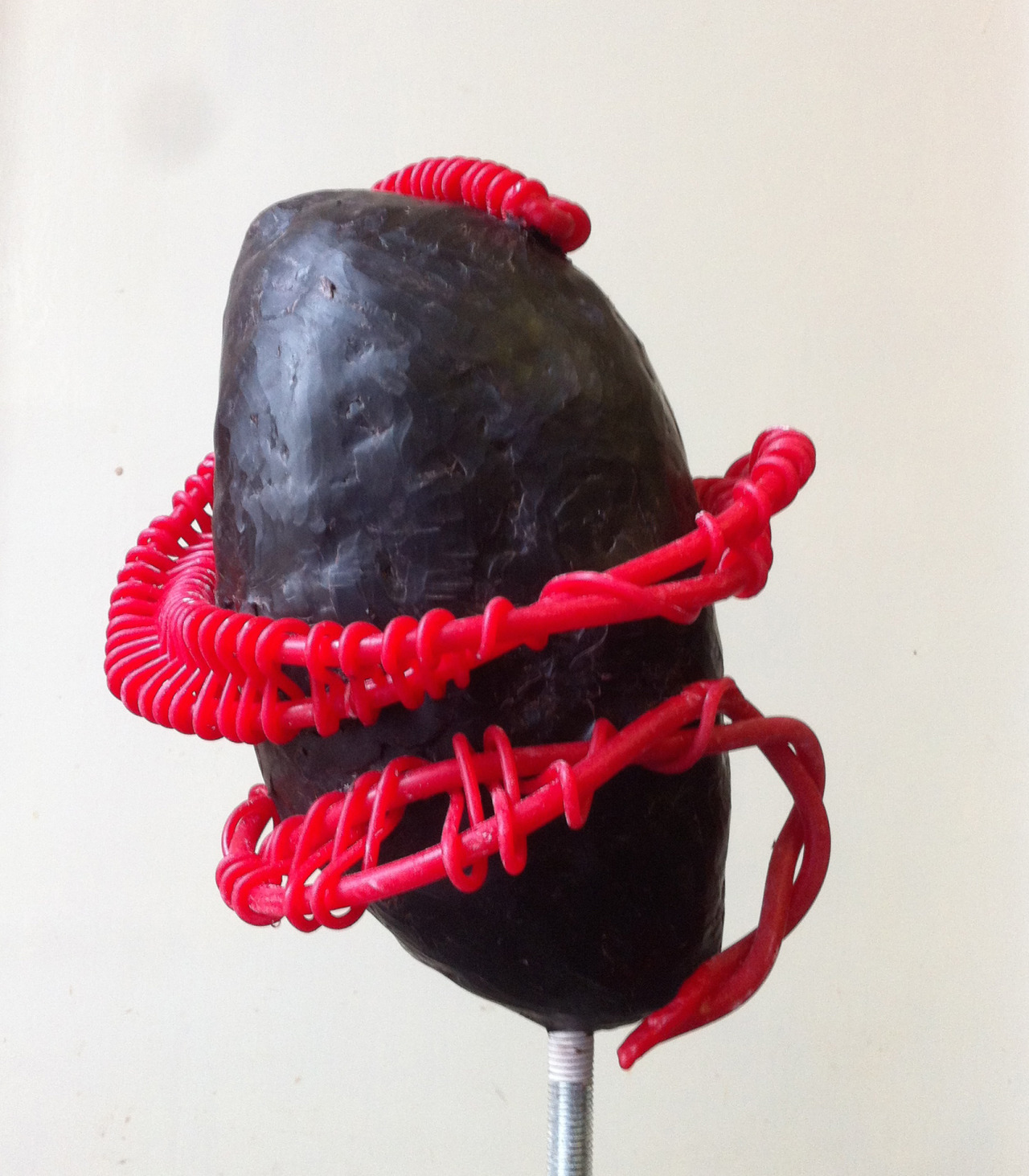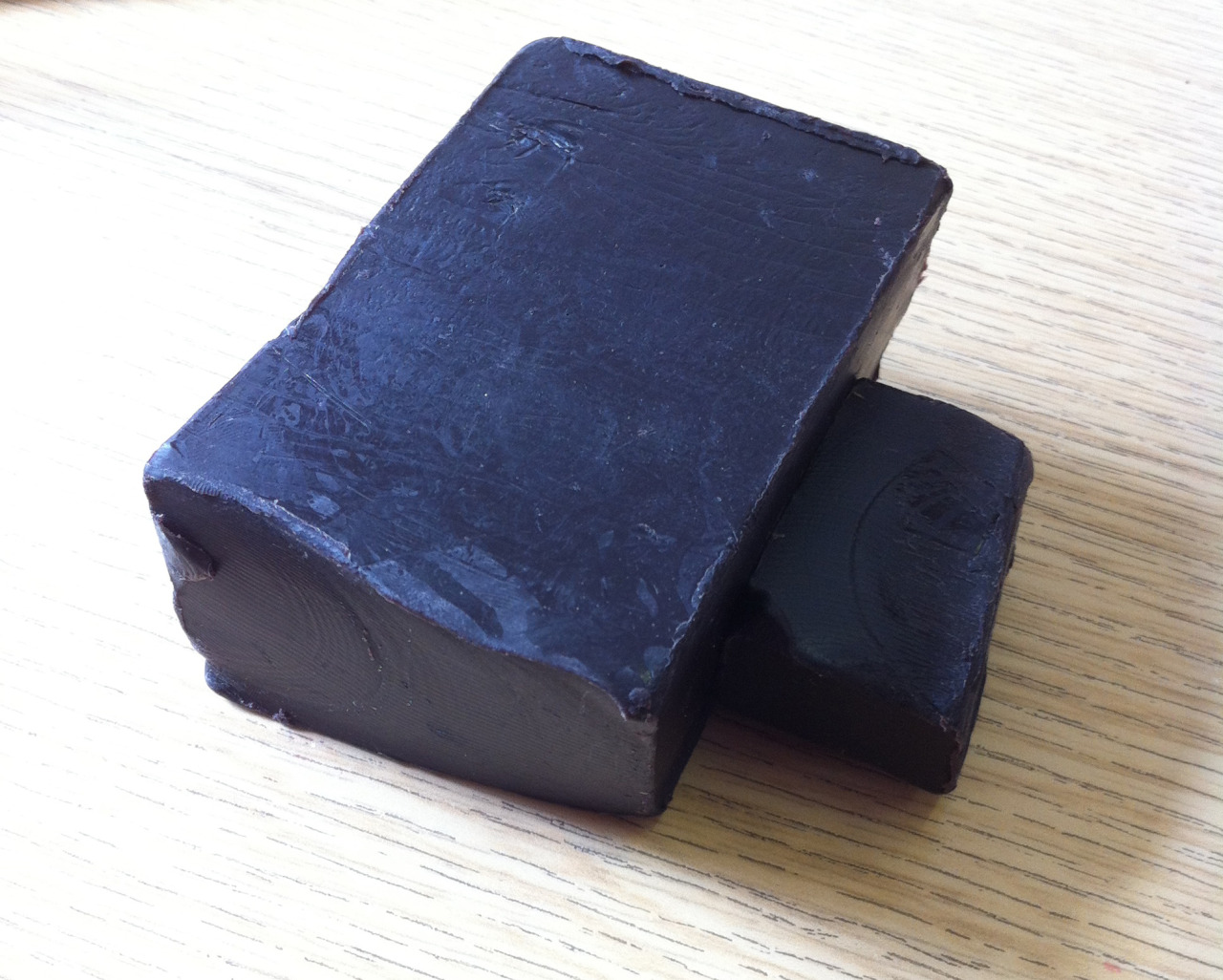New idea
If you can remember back when I cast my first piece of investment plaster and it got stuck in the bucket, well when it finally came out of the bucket it wasn’t usable so I put it to one side.
I had a unused block, a tub of wax end pieces and my wax welder and I kept returning to them during my research wondering if there is something I could do with them. Last year I attended a great course at YSP (Yorkshire Sculpture Park) on casting wax from clay originals. One of the pieces of equipment wax a wax kettle for melting large quantities of wax for pouring into plaster moulds. I wondered, could I carve the waste section of plaster and the cover it with melted wax? Yes, possibly but two problems, first I don’t have a wax kettle and second how do you safely pour molten wax over an item?
Then the idea struck, I have a welder, why can’t I turn up the temperature and simply touch the wax to the tip to melt it, then catch the drips on the plaster.
It works so I will go and melt and report back.

















